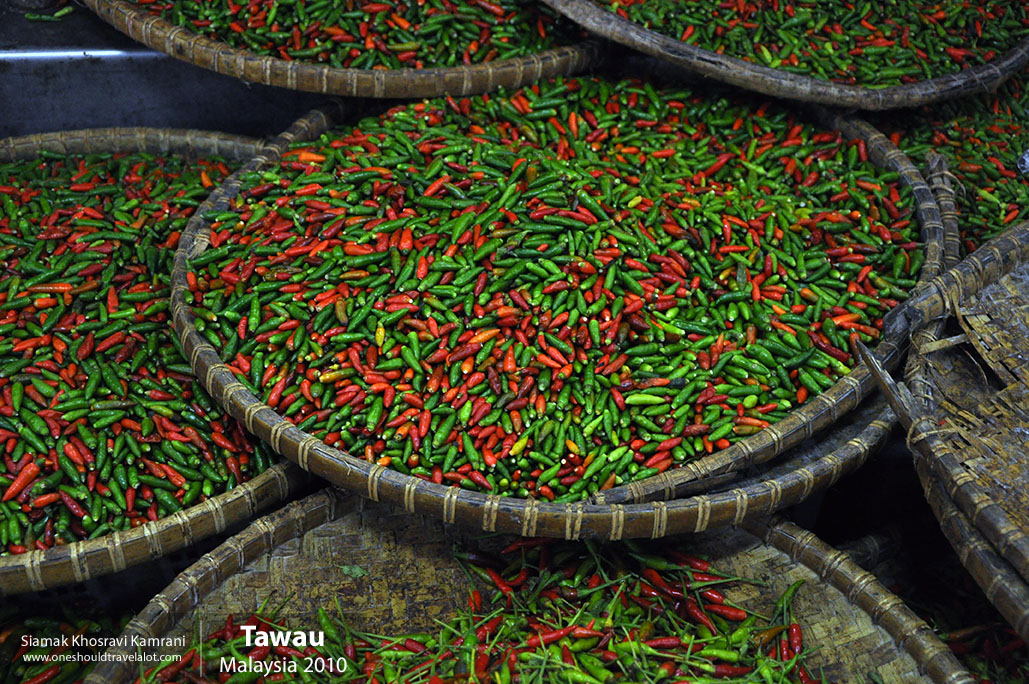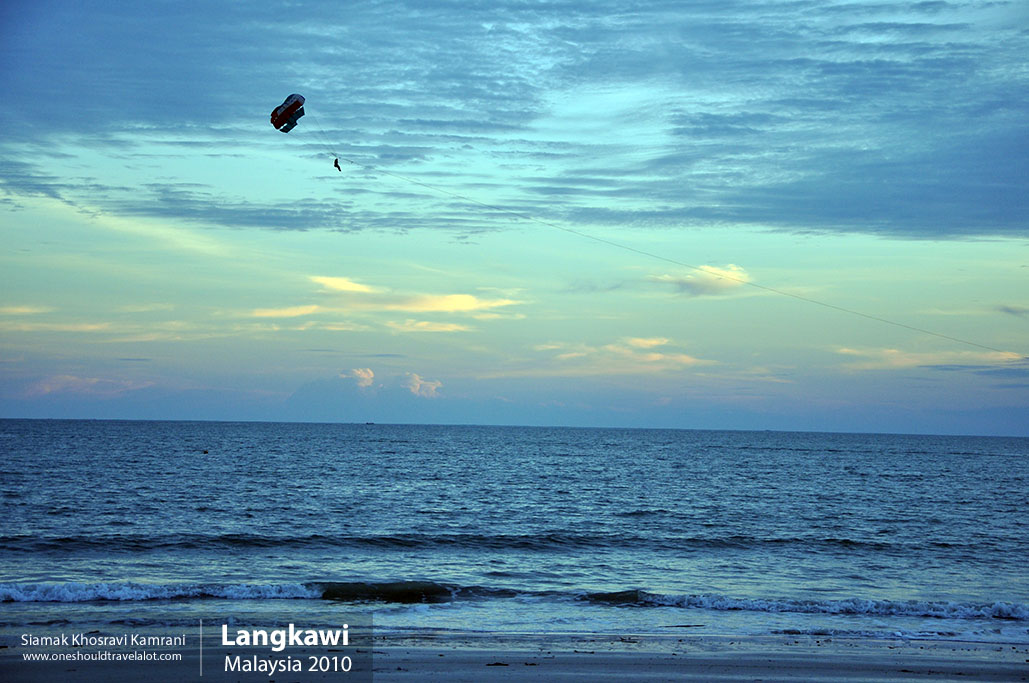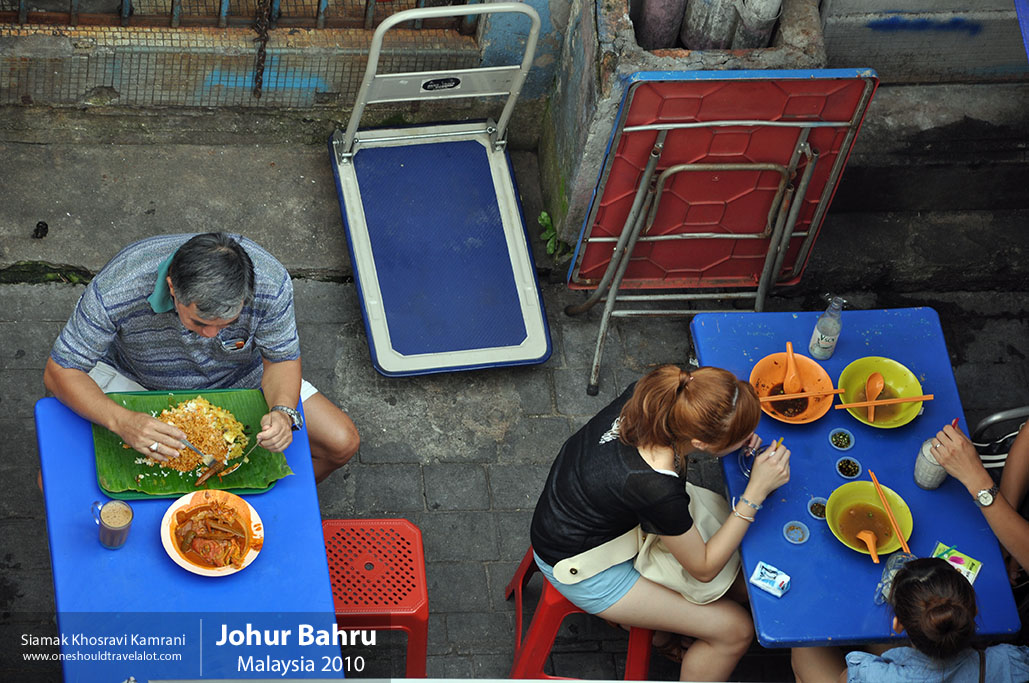Exploring Pualu Pangkor: A Photographer’s Paradise
When my plane touched down in Malaysia, I knew I was in for an adventure. Malaysia is a country of many wonders, a melting pot of cultures and traditions, where every city and island has its unique charm. My journey brought me to Pualu Pangkor, a small but mesmerizing island on the western coast of Peninsular Malaysia. With my camera slung over my shoulder, I was ready to capture the essence of this paradise.
Arriving at Pualu Pangkor
As I stepped off the ferry from Lumut, the first thing that struck me was the vibrant colors of the island. The azure waters, lush greenery, and the warm smiles of the locals greeted me. Pualu Pangkor, which means “Beautiful Island” in Malay, lived up to its name immediately. The island’s atmosphere was a blend of tranquility and understated liveliness, a perfect escape from the hustle and bustle of city life.
The island is small, covering just around 18 square kilometers, but it’s packed with sights and experiences. The local population is a mix of Malays, Chinese, and a small number of Indians, creating a rich tapestry of cultural diversity. The main languages spoken here are Malay, Mandarin, and Tamil, although English is widely understood, especially in tourist areas.
The Scenic Beauty of Pualu Pangkor
My first stop was Nipah Bay, a popular destination known for its stunning sunsets and serene beaches. As the sun dipped below the horizon, casting a golden glow over the water, I couldn’t resist capturing the moment. The silhouettes of fishing boats, gently rocking with the waves, added a picturesque touch to the scene. The peaceful ambiance was interrupted only by the occasional call of seabirds.
Next, I ventured to Teluk Belanga, or Emerald Bay, often hailed as one of the most beautiful beaches in Malaysia. The emerald-green waters were incredibly inviting, and I spent hours photographing the pristine sands, the crystal-clear waves, and the vibrant marine life. Snorkeling here was a surreal experience, with colorful coral reefs and schools of fish creating an underwater paradise.
Immersing in Local Culture
One of the best ways to understand a place is through its people and their way of life. I visited the village of Sungai Pinang Kecil, where the pace of life is slow, and the traditions are deeply rooted. The villagers, mostly fishermen, welcomed me with open arms. I was fortunate to join them on a fishing trip, an experience that offered a glimpse into their daily lives. The sense of community and the simple joys of life were evident in their every action.
In Sungai Pinang Besar, another village, I explored the local market, a bustling hub of activity. The market was a sensory delight, with the aromas of fresh seafood, exotic fruits, and traditional Malay dishes wafting through the air. I indulged in nasi lemak, a fragrant rice dish cooked in coconut milk, served with spicy sambal, crispy anchovies, and boiled eggs. The flavors were a delightful blend of sweet, spicy, and savory, a true reflection of Malaysian cuisine.
Historical and Cultural Landmarks
Pualu Pangkor is not just about natural beauty; it’s also steeped in history. The Dutch Fort, built in the 17th century, stands as a testament to the island’s colonial past. As I wandered through the ruins, I imagined the fort in its heyday, a strategic outpost guarding against pirates. The cannons still point out to sea, a silent reminder of the island’s turbulent history.
Nearby, the Foo Lin Kong Temple, a Taoist temple, offered a different kind of serenity. The temple is adorned with colorful murals and intricate statues, and its peaceful gardens are perfect for quiet reflection. The miniature Great Wall of China, a unique feature of the temple, added a touch of whimsy to the sacred space.
The Flora and Fauna of Pualu Pangkor
Pualu Pangkor is a haven for nature lovers. The island’s rainforest is home to a variety of wildlife, including hornbills, monitor lizards, and monkeys. On a trek through the jungle, I was fortunate to spot a pair of rhinoceros hornbills, their distinctive beaks and vibrant plumage making them a spectacular sight. The sound of the forest, with its cacophony of bird calls and rustling leaves, was a symphony of nature.
A visit to the Pangkor Island Wildlife Reserve was equally rewarding. The reserve is dedicated to the conservation of local wildlife and offers guided tours that educate visitors about the island’s biodiversity. I learned about the efforts to protect the hornbills and the challenges of preserving their natural habitat in the face of development.
Underwater Adventures
No visit to Pualu Pangkor would be complete without exploring its underwater world. The island is surrounded by coral reefs teeming with marine life. I joined a diving expedition to the nearby Pulau Sembilan, a group of nine islands known for their excellent dive sites. The underwater visibility was superb, and I encountered a dazzling array of sea creatures, from playful clownfish to graceful sea turtles.
For those who prefer to stay closer to the surface, kayaking and paddleboarding are popular activities. The calm waters of the island’s bays are perfect for paddling, offering a unique perspective of the island’s coastline. As I paddled along the shore, I marveled at the beauty of the mangroves and the vibrant coral formations visible just below the surface.
The Spirit of Pualu Pangkor
What makes Pualu Pangkor truly special is its people. The locals’ warmth and hospitality left a lasting impression on me. Whether it was sharing a meal, guiding me to the best photography spots, or simply exchanging stories, the islanders’ kindness was a constant presence. Their pride in their island and their willingness to share its beauty with visitors were heartwarming.
As my time on Pualu Pangkor came to an end, I felt a deep sense of gratitude. The island had offered me a wealth of experiences, from breathtaking landscapes to cultural immersion. It’s a place where nature and humanity coexist harmoniously, creating a unique and enchanting destination.



